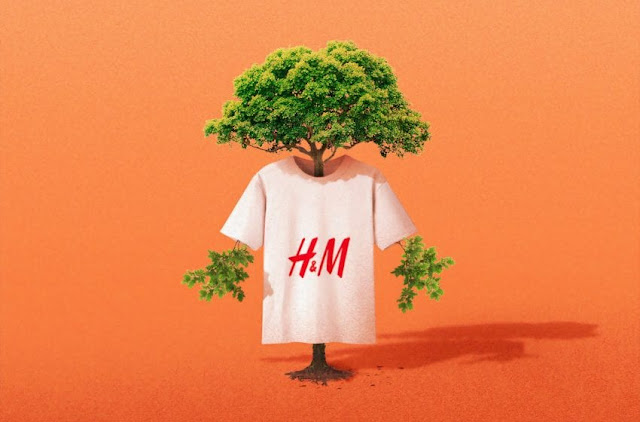By Jennifer Greene
I was always envious of the clothes of university students when I was a high school student living in the outskirts of Glasgow. From the age of ten, I was fascinated by the walking current of style in Burberry, Urban Outfitters and Moncler down Byres Road. Brands, everywhere, formed their palimpsest through the Glasgow pavements and cafes. Now, I live in St Andrews where the brands embark on their slow exeunt. Here, every street is dictated by the students that flock to them in their charity shop sourced outfits. The kind of outfits that catch your eye, that you’re jealous of and want for yourself - but when you ask the fashionable person where they bought their clothes, they’ll tell you that their clothes were thrifted from the British Heart Foundation or Cancer Research.
 |
| Charity shopping! |
It’s easy to despair when you so badly want that top or that skirt but you may never find it. Your only solution; to scavenge through the charity shops of Bell Street. St Andrews is both a fashionable and eco friendly town, where charity shops are accessible to students by foot, limiting the carbon footprint of consumers and allowing for more rare, creative outfits. Compared to Glasgow, there are more students willing to buy from these progressive establishments. There are evident and myriad benefits of shopping from charity shops; not only is it more sustainable, but cheaper. Charity shops do not contribute to the ouroboros of fast fashion in brands. They allow customers to extend the life of an item of clothing that would have alternatively gone to landfill. Pre-loved fashion is also sold at a lesser price than newly made clothes, allowing people to also save money. The same UGGs that cost £145 from the brand website could be one tenth of the original price, but match the quality of a new pair. Additionally, third sector organisations in general build towards improvement in local communities and towards greater social and environmental improvement, whereas some private sector fashion brands are the cause of deforestation, maritime pollution and air pollution relative to their harmful production processes.
Unfortunately, many students are not aware of how unsustainable buying brand new clothing is. Often in Glasgow, people choose their favourite brands and religiously maintain their loyalty to them. Mostly White Fox and full bodies of Urban Outfitters are the common culprits found on Buchanan Street. People will buy a new colour of an adidas Gazelle every six months, in a cycle of watching the nubuck slowly fester through their daily miles walking to classes. People will abide by the Lululemon dress code imposed upon them by influencers. Although buying from charity outlets can allow for expanding personal style, and standing out from the crowd of Nike and Puma. Style is how we express ourselves, where brands are how we camouflage ourselves.
 |
| Doc Martens |
Most of my friends here buy their clothes from online second hand marketplaces like Vinted or Depop as well as charity shops. Shoes, in particular, are bought from these outlets. One of the most popular, timeless and fashionable types of shoes in St Andrews are the Doc Martens, which are guaranteed to last a minimum of five years worth of wearing, with the potential to last for twenty years with good care. This is a brand that can be praised for the durability of the leather boots, sandals or platforms that break the customer patterns of replacing unreliable shoes every eight to twelve months. Alongside buying clothes from charity shops, it is also green to buy durable, long lasting clothes so you don’t need to waste money and time to continually restock your wardrobe.
Wearing my own Docs and charity-bought clothes, I visit Glasgow on some weekends, staying with family and people-watching in the west end. The calculated, maximum-effort style of students there only remind me of how unique St Andrews’ students are with their preloved outfits. The same outfit is never copied by another person in our university town, due to the rejection of brands and the popularity of thrifting. I only hope that in a few months or years from now, I’ll compliment someone’s outfit who I meet on Byres Road, and be met with mentions of charity and thrifting when I ask after their clothes.




Great post. Embroidery Digitising Services Great.
ReplyDelete